Many thanks to SWLing Post contributor, Don Moore–noted author, traveler, and DXer–for the latest installment of his Photo Album guest post series:
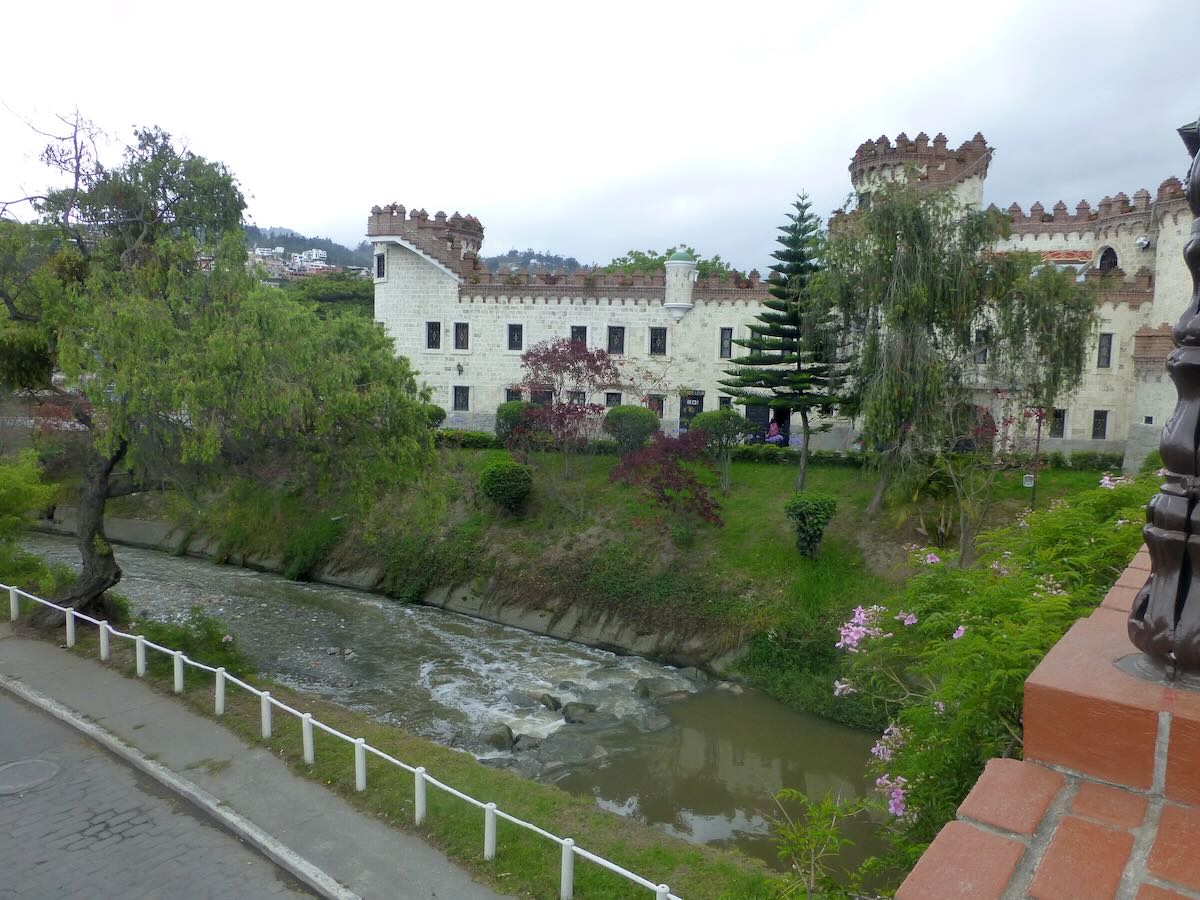 Don Moore’s Photo Album: Loja, Ecuador
Don Moore’s Photo Album: Loja, Ecuador
by Don Moore
A few months ago I did a two-part feature on my favorite small Latin American city, Cuenca, Ecuador. This time let’s journey to a nearby smaller city that I don’t know very well but want to spend more time in.
Loja is about two hundred kilometers south of Cuenca on a paved highway that runs through a long valley before climbing into the mountains to twist and turn the rest of the way. Look at the route on Google Maps and you’ll see what I mean. Today it’s a picturesque four-hour bus ride but when I made the trip the first time in 1985 it was a tortuous twelve-hour journey on rough dirt roads.
The roads today may be smooth and paved but Loja is still the most isolated major town in Ecuador. The city is so far south that it is closer to the Peruvian border than it is to any other town of size in Ecuador. This isolation has both forced the region to be self-reliant and cushioned it from problems in the rest of the country. For three years in the mid-1800s the province of Loja even governed itself as a peaceful independent country while the rest of Ecuador was mired in a bloody civil war.
Loja’s population of around 200,000 (a third the size of Cuenca) makes it the twelfth largest city in Ecuador. But Loja is one of those places that has always punched above its weight. The economy is strong as it’s the center of one of the best coffee growing areas in South America and the city is the main transit point for the gold fields to the east in the Ecuadorian Amazon. Loja is widely thought of as the most cultured and educated city in the country. Two of its universities rank in the country’s top ten. And everyone agrees that Loja is the center of Ecuadorian music. One of the city’s several museums has room after room filled with displays about the many famous musicians that have come from (and continue to come from) Loja. Free concerts are held in the city’s plazas at least once a week.
Loja has always been forward-looking. In 1890 the city installed one of the first hydroelectric generators in all of South America. That was just eight years after the first plant was installed in the United States. A little over a century later, in 2013, the first windfarm in continental Ecuador was constructed on a ridge above the city. The eleven windmills produce sixteen megawatts and phase two of the project, which is now under construction, will add another forty-six megawatts. A recently approved third phase will add another 110 megawatts.
The First Visit
My first visit to Loja was in March 1985 after that long twelve-hour bus ride from Cuenca. I remember Loja as being a pretty but sleepy small city. We only stayed two nights and one day. My primary goal was to visit Radio Centinela del Sur and get a QSL for myself and several friends. I don’t recall anything from that long ago visit but I did get the QSLs. Radio Centinela was founded in 1956 so it wasn’t the first radio station in Loja. But it was the first one to last for more than a few years. On shortwave Radio Centinela del Sur was a station that changed frequency a lot. I first heard it in 1974 on 5020 kHz but most of my logs were made in the early and mid-1980s when 4890 kHz was in use. In the 1990s Radio Centinela del Sur used 4771 and 4899 kHz at various times. The station left shortwave for good by the late 1990s.
The second oldest station in Loja was Radio Nacional Progreso, founded in 1958. I have many logs of the station on its 5060 kHz (variable) frequency from the 1970s through the 1990s. I don’t remember why I didn’t visit them in 1985. Maybe the office was outside of town and difficult to get to. Loja’s other shortwave station was the Catholic broadcaster Radio Luz y Vida, founded in 1967. In the early 1970s the station used 4825 kHz on shortwave but around 1978 they switched to 4850 kHz. I last logged them there in 1997. Radio Luz y Vida was only a few blocks from our hotel and I stopped by several times but the inner door was always locked and I never got to see more than the entrance way.
From Loja we headed south on another twelve-hour bus ride to the remote border town of Macará. The next morning we tried to enter Peru but the border guards insisted we needed visas even though we knew they weren’t required for Americans. So it was another twelve-hour bus ride back to Loja. The next morning we were waiting outside the Peruvian consulate when it opened. The consul agreed that the border guards were wrong but gave us visas. After another twelve-hour bus ride we arrived in Macará at almost midnight. Those three days of twelve-hours bus rides were the worst three days of all my travels. But the border guards did let us into Peru the next morning. We got a ride in the back of a pickup truck to the city of Piura, about five hours away. It hadn’t rained in a few days so the dirt roads were covered in dust, as we were when we arrived at our destination.
Return To Loja
A third of a century later, in December 2017, I retraced my route in the opposite direction on paved two-lane highways. Two local buses took me from Piura to the border in about two hours. I easily checked out of Peru, walked across the bridge to Ecuador, and checked in with that country’s migration office. The next morning I boarded a very comfortable bus for the six-hour ride to Loja.
Crossing an international border by land is always more adventurous than arriving at an international airport. That’s especially true when it’s a less-used crossing such as at Macará.
Today the streets of central Loja are lined with businesses. The city has many excellent restaurants including several craft brew pubs and there are two large supermarkets just north of the downtown. The elevation is 2060 meters (6760 feet), about six hundred meters lower than Cuenca, so the temperatures are a few degrees warmer and the air not as thin. Many people describe Loja as a smaller version of Cuenca. The expat population is around eight hundred, mostly retirees who have moved here from Cuenca either for the lower elevation or to be in a smaller city.
An even larger population of expats lives an hour south of Loja in the little town of Vilcabamba. The town attracted worldwide attention in the early 1970s when it was identified as one of a handful of places where a very high proportion of the population lived to be very old including numerous centenarians. In the following years hundreds of ex-hippies and counter-culture followers from North America and Europe moved to Vilcabamba to live simply and, they hoped, longer. Some went home after a few years but others are still there decades later.
Vilcabamba developed a reputation as an inexpensive alternative lifestyle destination for foreigners but that began to change in the early 2000s as a new type of expat started arriving. These were people with the same ideals but instead of moving abroad when they were young they stayed home and had careers. These new expats arrived with money and used it to build big houses. Their presence, their needs, their interests, and their money changed the character of Vilcabamba. Today at least twenty-five percent of the valley’s five thousand residents are foreigners and ironically the old hippie center may now be the most gentrified expat community in Ecuador.
Visiting The Stations
I wanted to get to Cuenca by Christmas but I stopped in Loja for three nights, giving me two days to see the city. At the top of my list was finally visiting Radio Luz y Vida. I found the station in a modern multi-story building a few blocks from the main plaza … and the doors were locked. I stopped by at least a dozen times over the next two days but the doors were always locked and no one answered my knocking. Locked doors with no one around is common in this era of fully-automated broadcasting so maybe I’m destined to never visit Radio Luz y Vida.
Since I couldn’t visit Radio Luz y Vida I decided to revisit Radio Centinela del Sur. They were still at the same address but the building had been given a facelift in the intervening decades. Unfortunately, I arrived at a bad time so I didn’t stay long. The big news story in the province had been the disappearance of an eight-year-old girl. Just as I was walking in the door the police announced that her murderer had confessed and led them to her body. The station staff were busy reporting the news so I quietly took a few pictures and left.
Radio Centinela Del Sur was one of many stations that were part of a chain that relayed Voice of America coverage of the Apollo missions and the first moon landing.
I returned to Loja in February 2023 with DXer John Fisher of Ontario and Mick, an Irish friend I had met in Cuenca. Our AirBnB was in an apartment building two doors down from Radio Centinela del Sur. We arrived late Friday afternoon and left Sunday morning and the building was closed up the entire time (as was Radio Luz y Vida when we walked by). But it was fun to see their building one more time, thirty-eight years after my original visit.
Donald’s Pan was an amazingly good bakery on the corner near our AirBnB. That’s me posing by the door. International trademarks mean little in Latin America so it’s very unlikely that Disney is receiving any royalties from this. If I were Disney I would just settle for some of their sweet rolls.
Radio In Loja Today
Not only are there no more shortwave broadcasters in Loja it appears that there aren’t any stations left on medium wave either. I didn’t hear any when I scanned the dials in February 2023. All broadcasting now, including Radio Centinela del Sur and Radio Luz y Vida, is on FM. Most of Loja’s radio stations are commercial but there are two other Catholic stations besides Radio Luz y Vida.
Radio Matovelle on 100.1 FM is run by priests of the Oblate Order.
Radio San Antonio is run by the Franciscan Order. The station is in the beautiful San Francisco Church complex a short distance from the main plaza.
The province of Loja had one other shortwave station for a few years in the 1990s. Engineers at HCJB helped another missionary organization set up Radio Buen Pastor in the town of Saraguro, about forty kilometers north of Loja. The station broadcast on 4815 kHz for a few years and continues today on FM.
All my visits to Loja add up to only eight nights and six days. I’ve always just been passing through. But on my last visit I really appreciated how beautiful and interesting the city is. On my next trip to the region I plan to spend at least ten days in Loja so that I can get a better sense of the city and have time to visit some of the nearby small towns. And just maybe I’ll finally get to visit Radio Luz y Vida.
Audio
Radio Centinela del Sur as logged in Iowa in 1992
Radio Centinela del Sur 1976 via On The Shortwaves
Radio Nacional Progreso as logged in Pennsylvania in 1979
Radio Nacional Progreso 1980 sign-on via On The Shortwaves
Radio Luz y Vida 1977 via On The Shortwaves
Links
- Radio Luz y Vida website
- Website for La Hechicera FM, Radio Centinela del Sur’s sister station
- Radio Centinela del Sur – FM streaming
- Thirty-three things to do in Loja

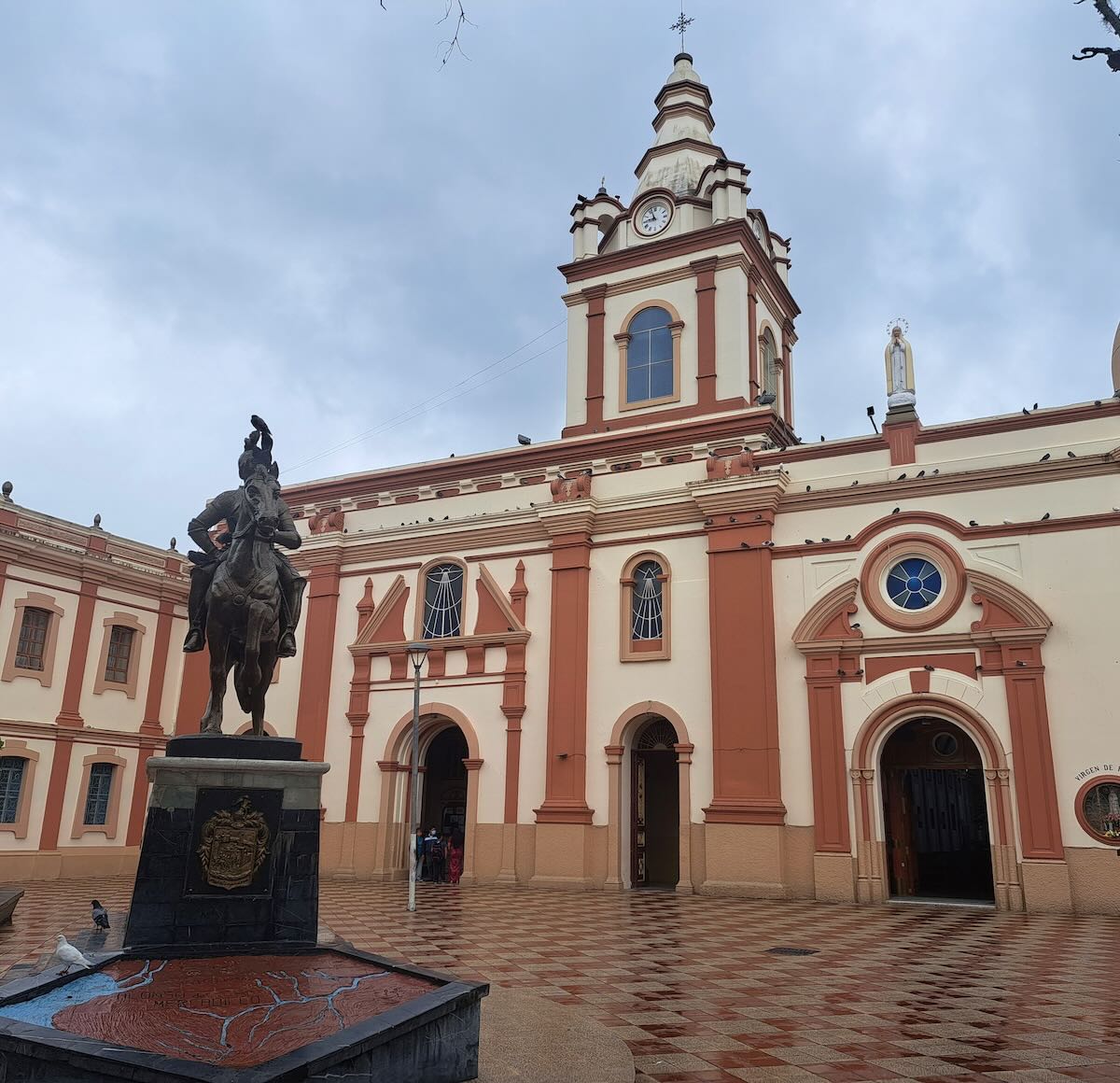
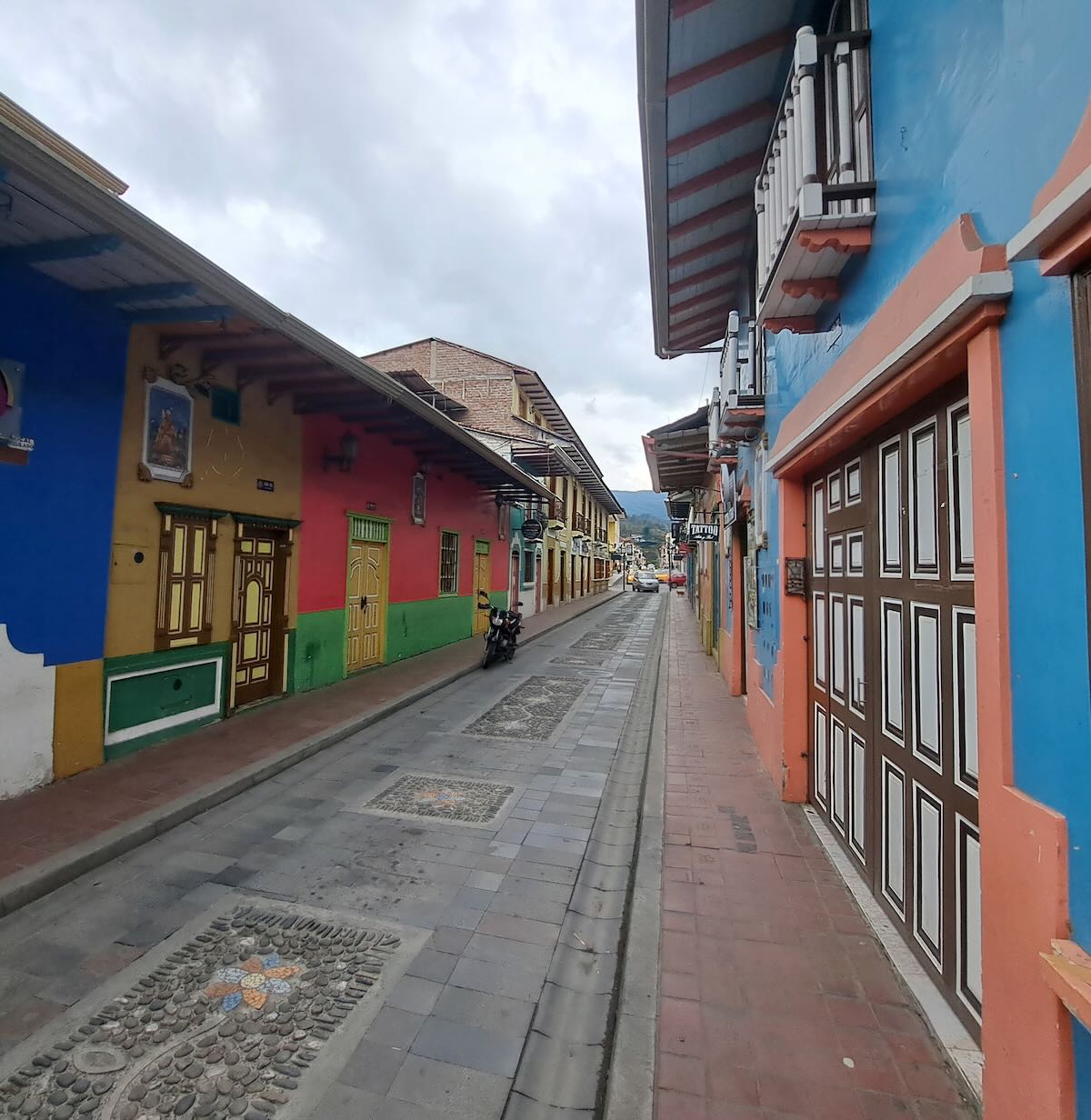
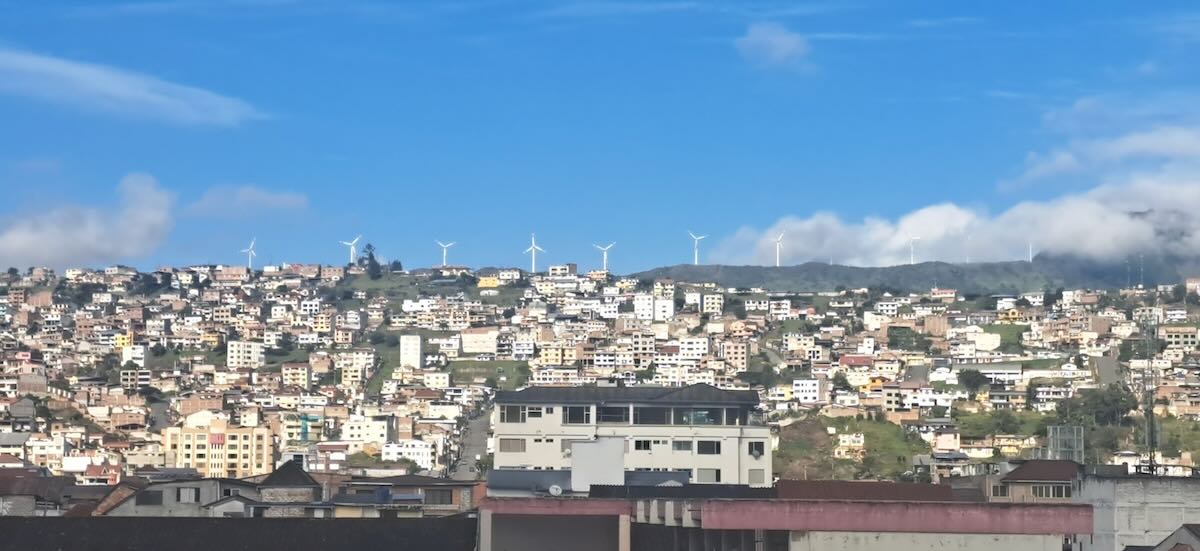
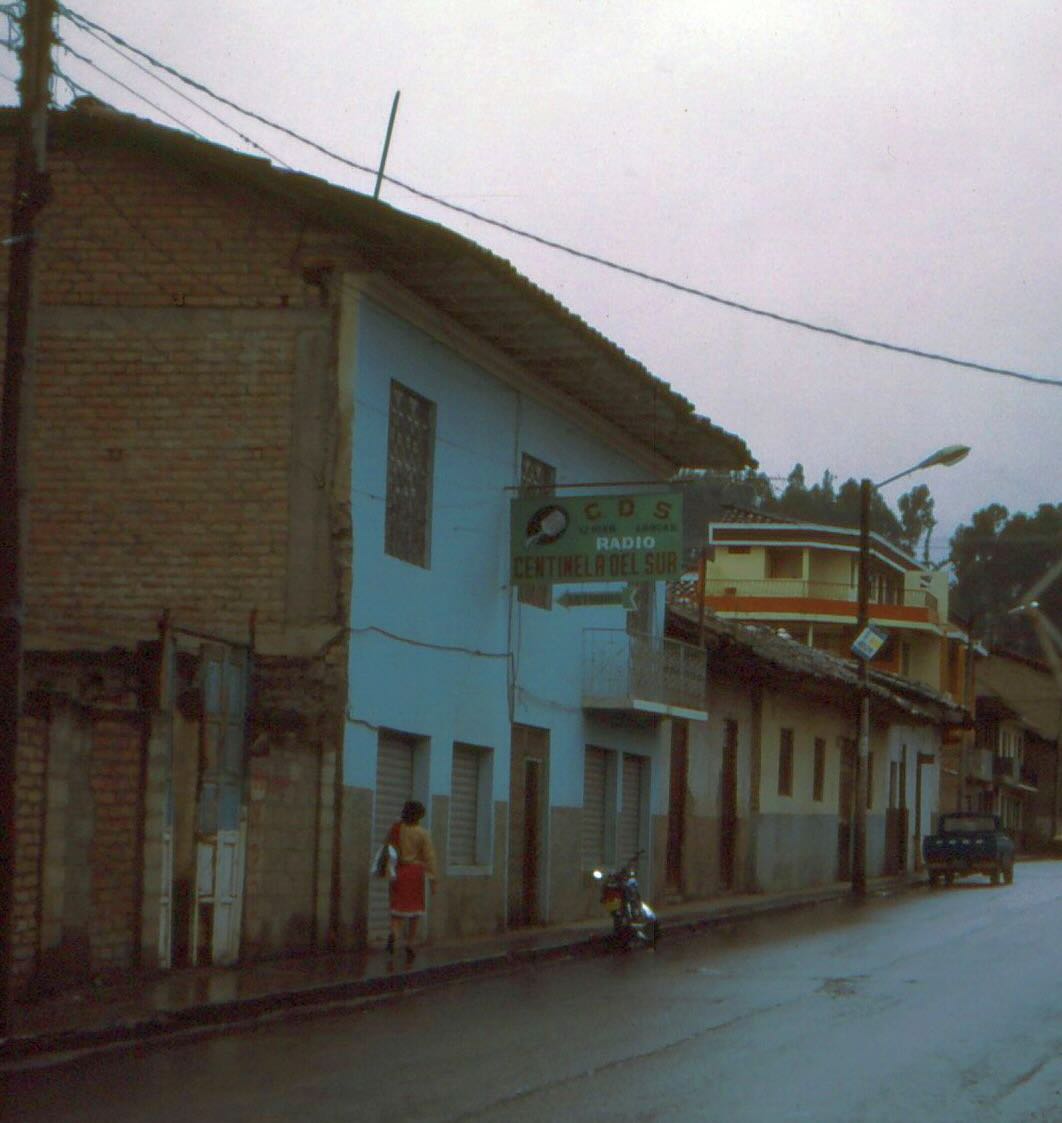
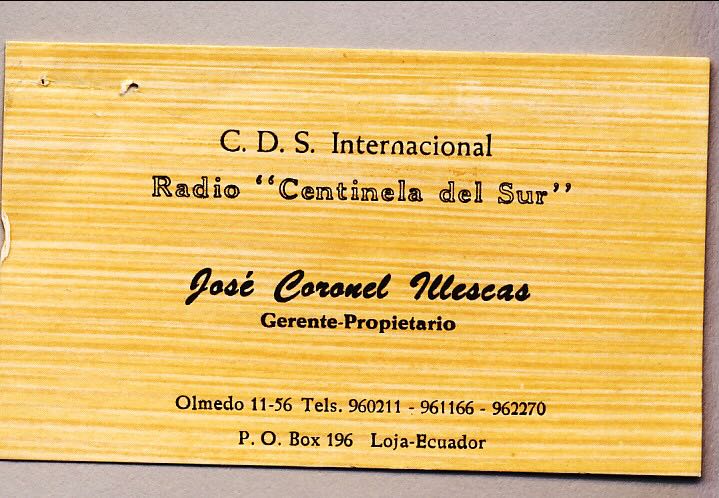
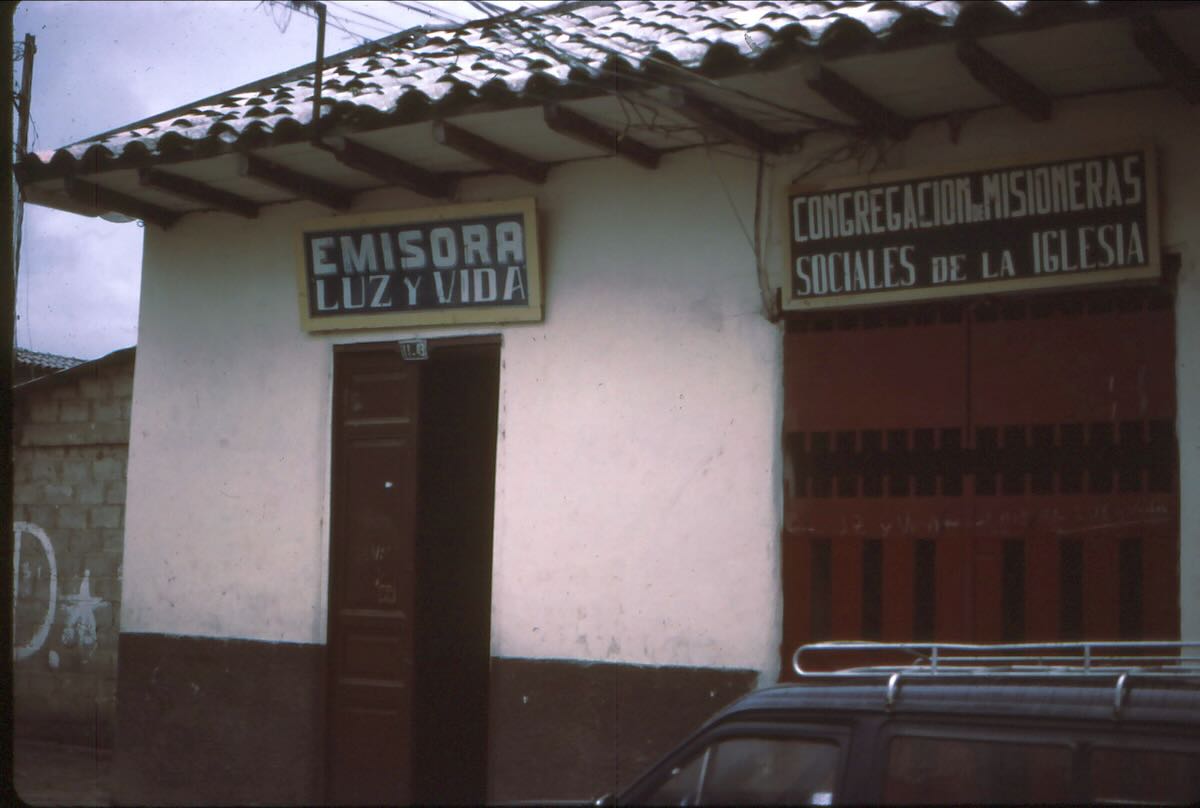
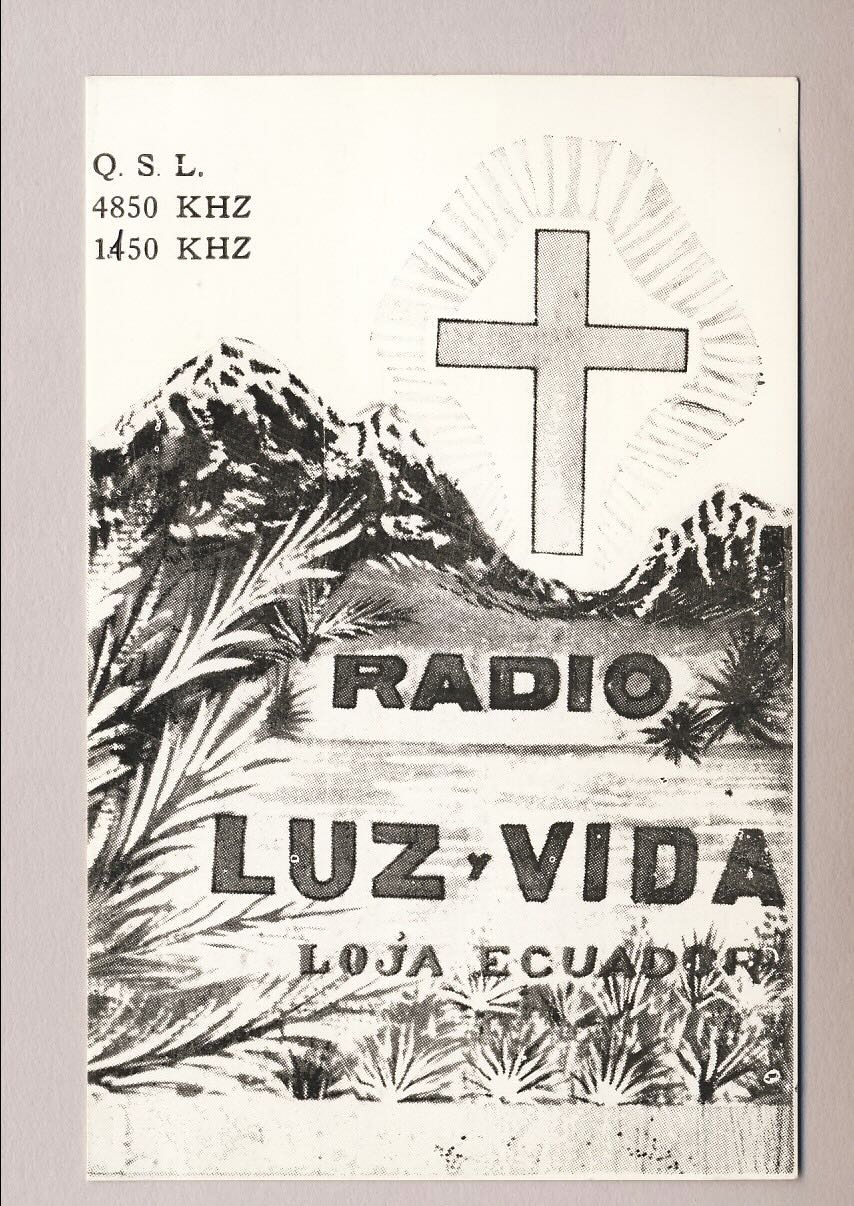
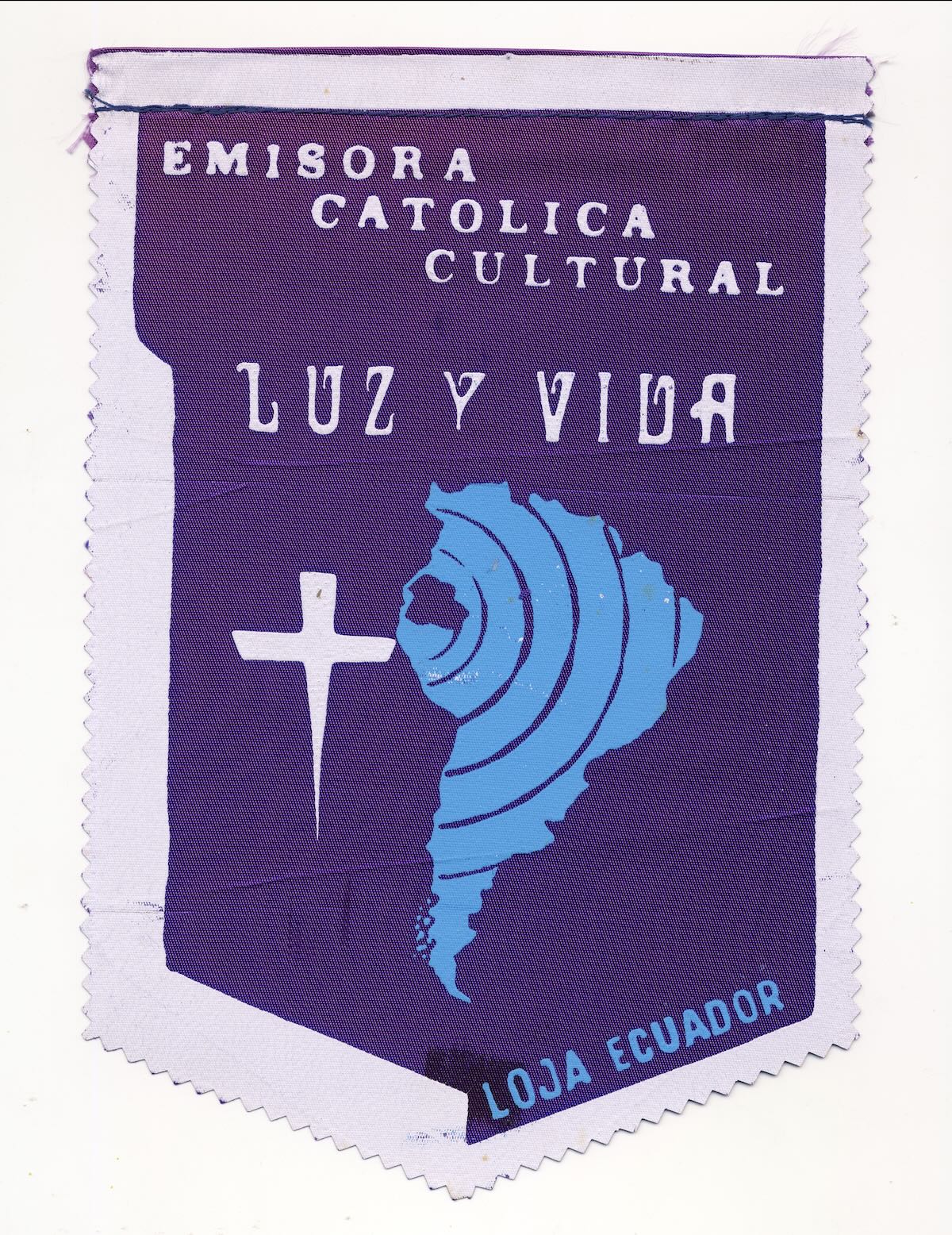
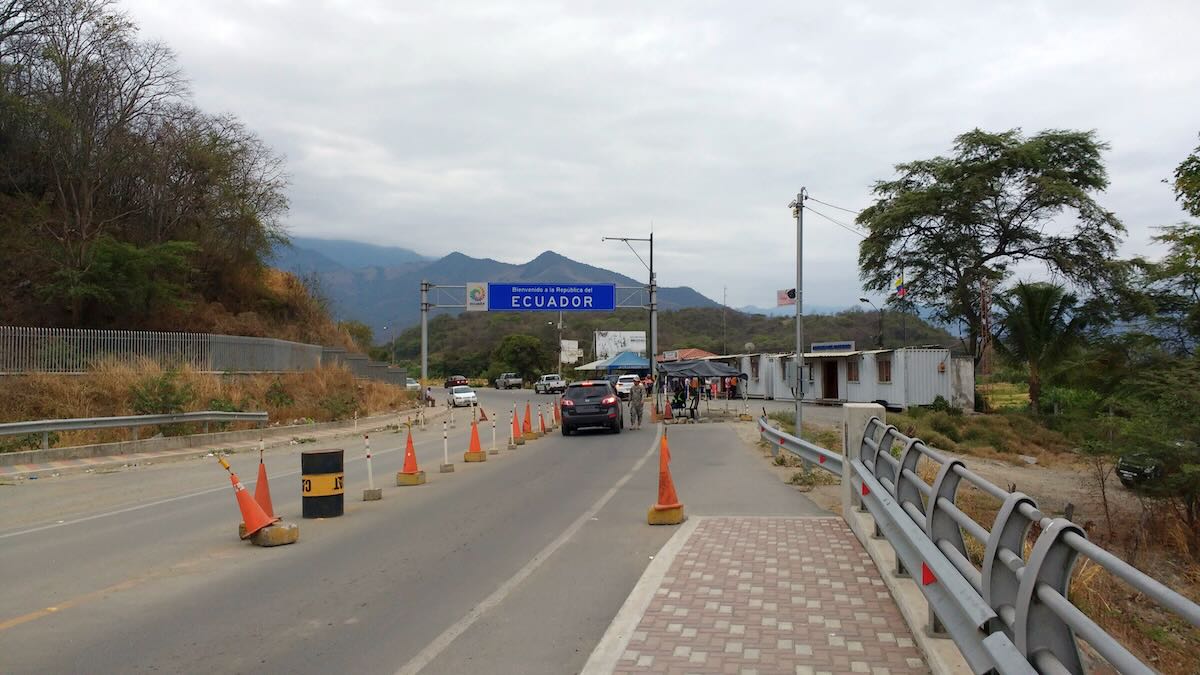
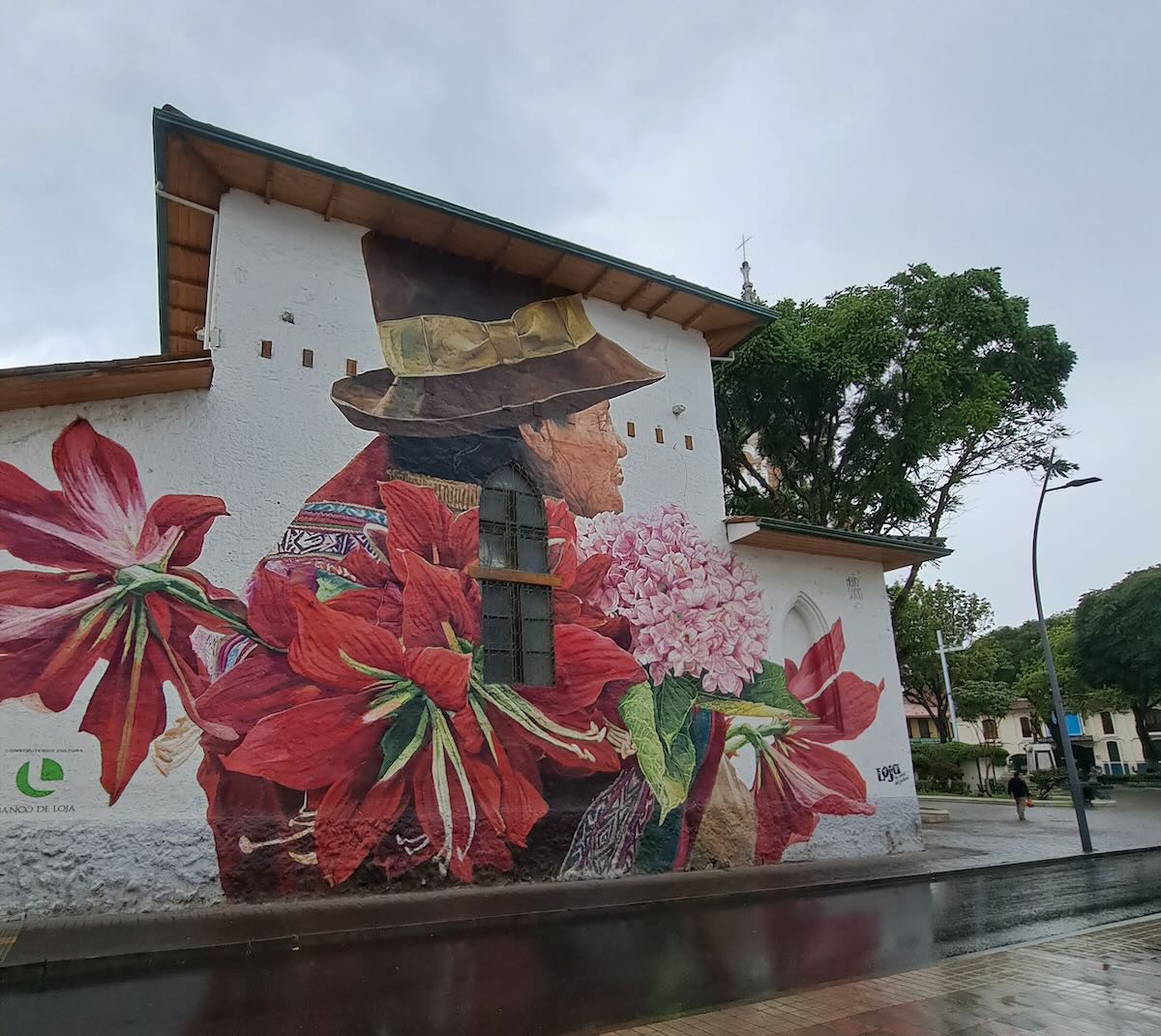
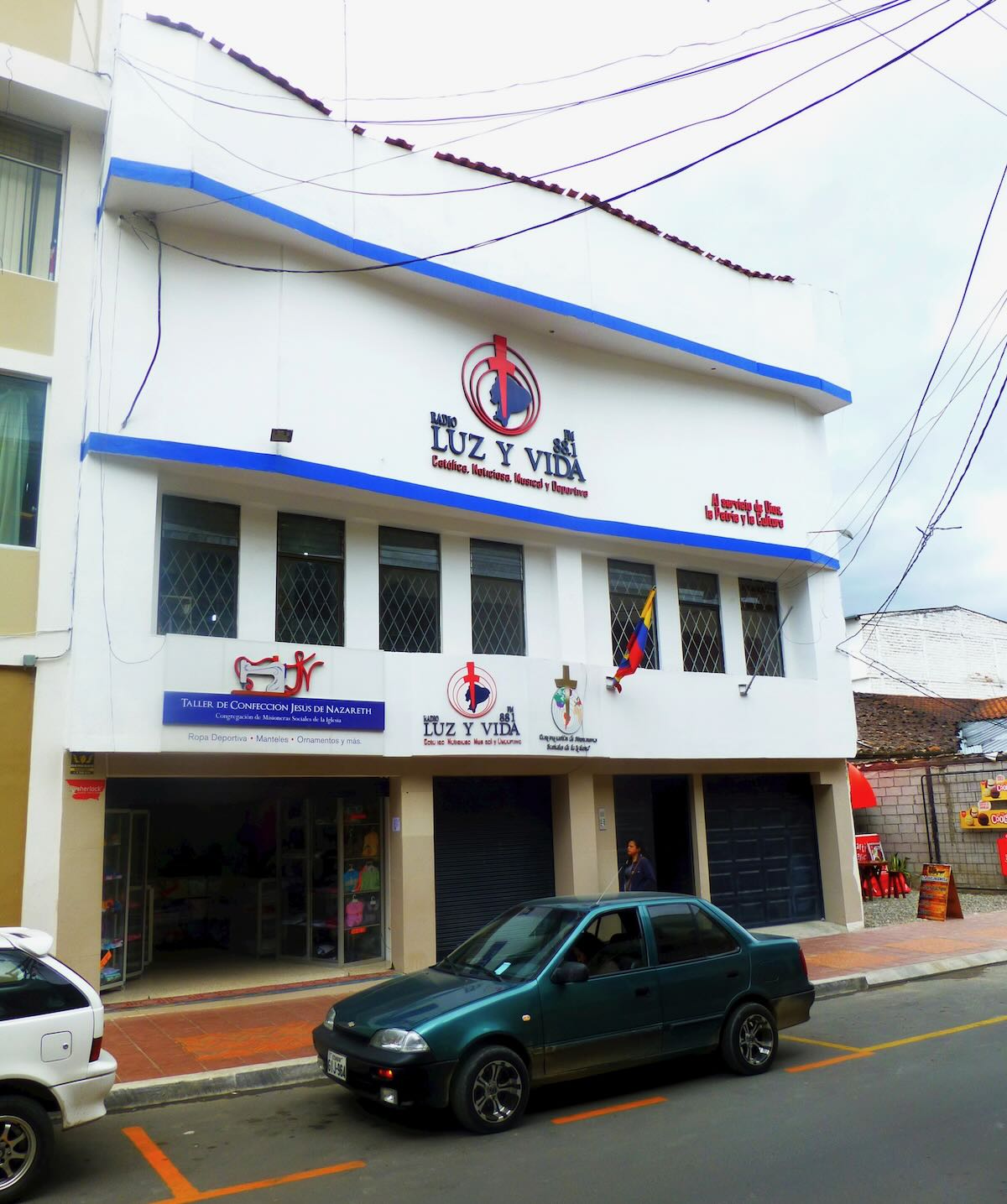
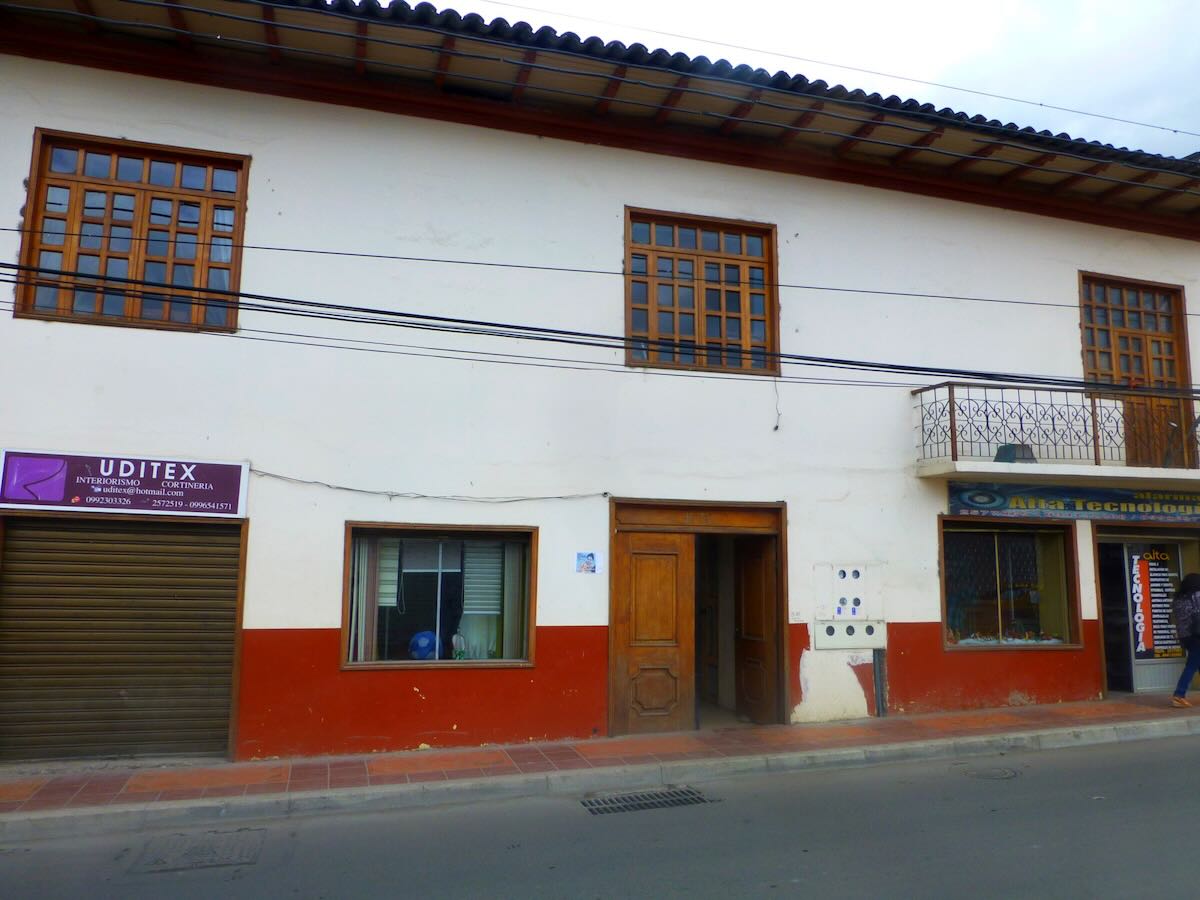
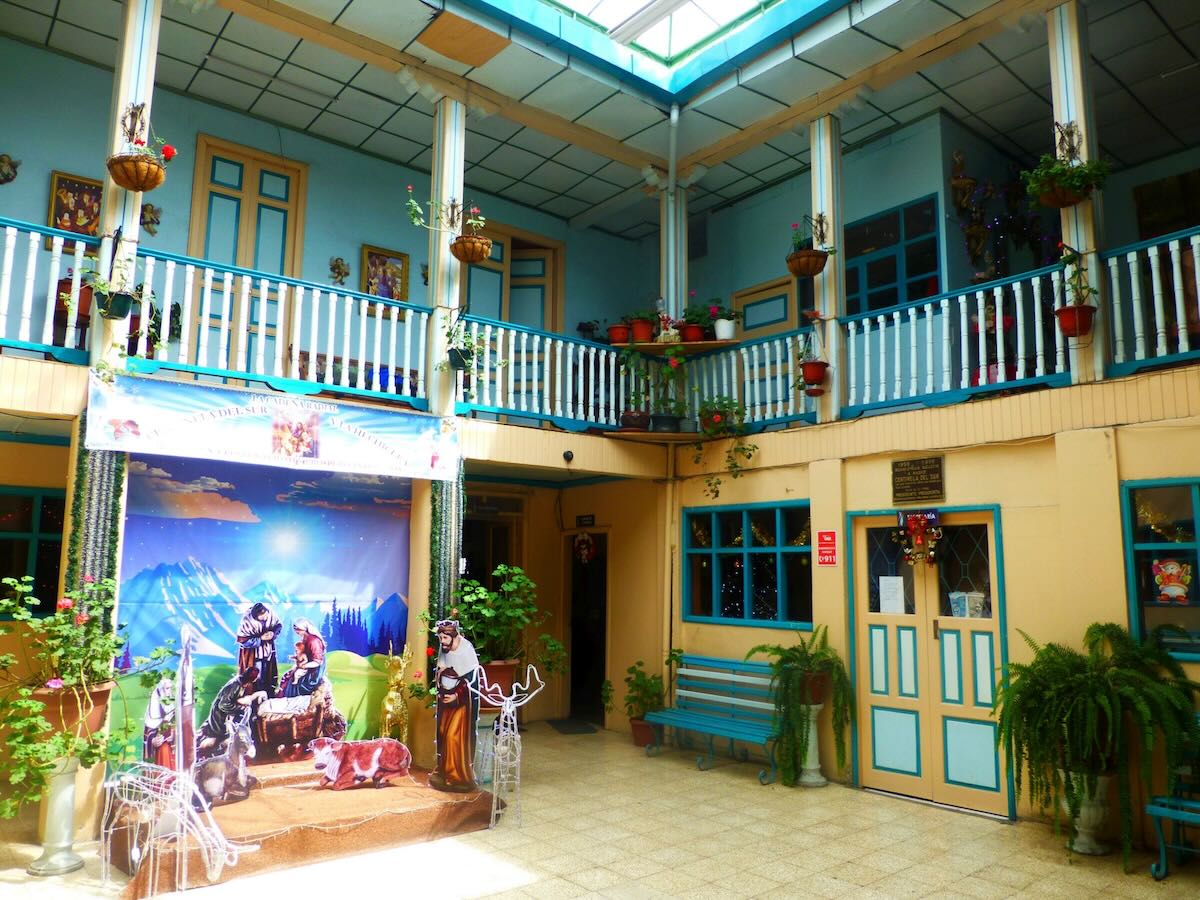
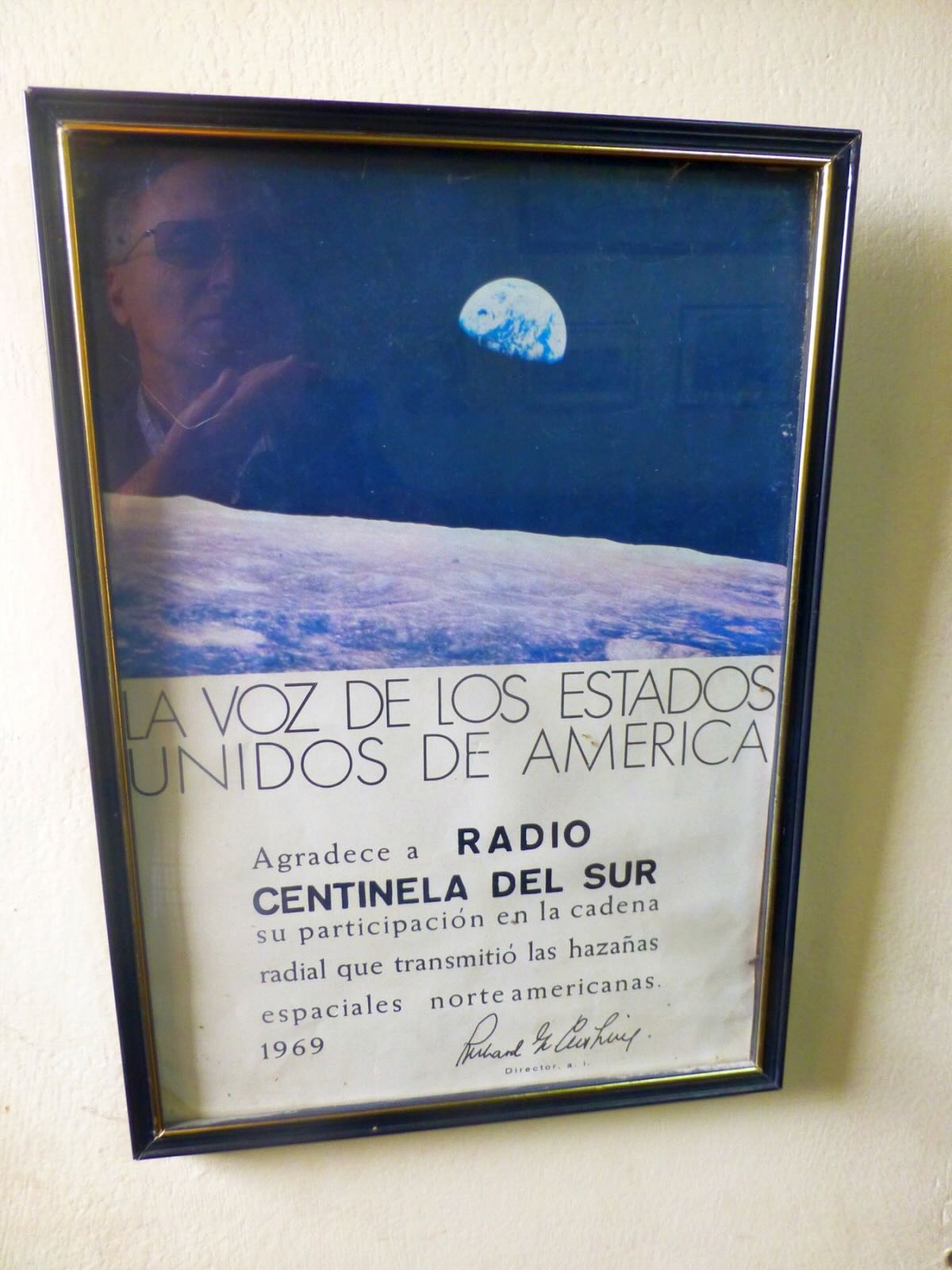
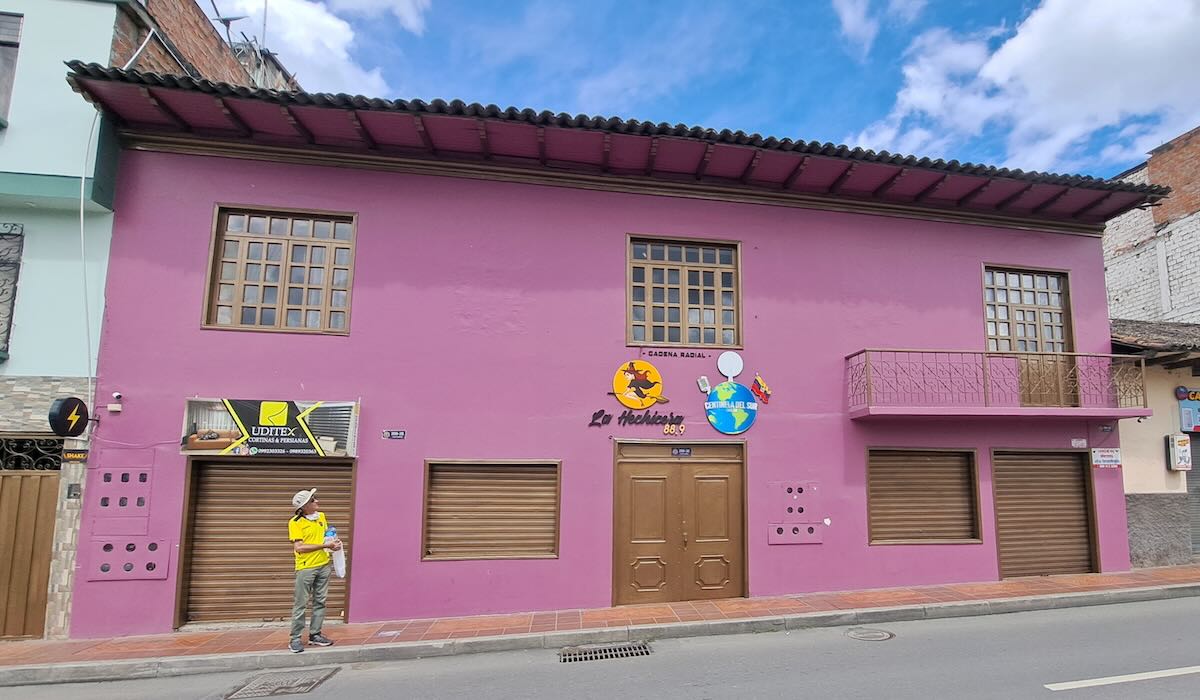
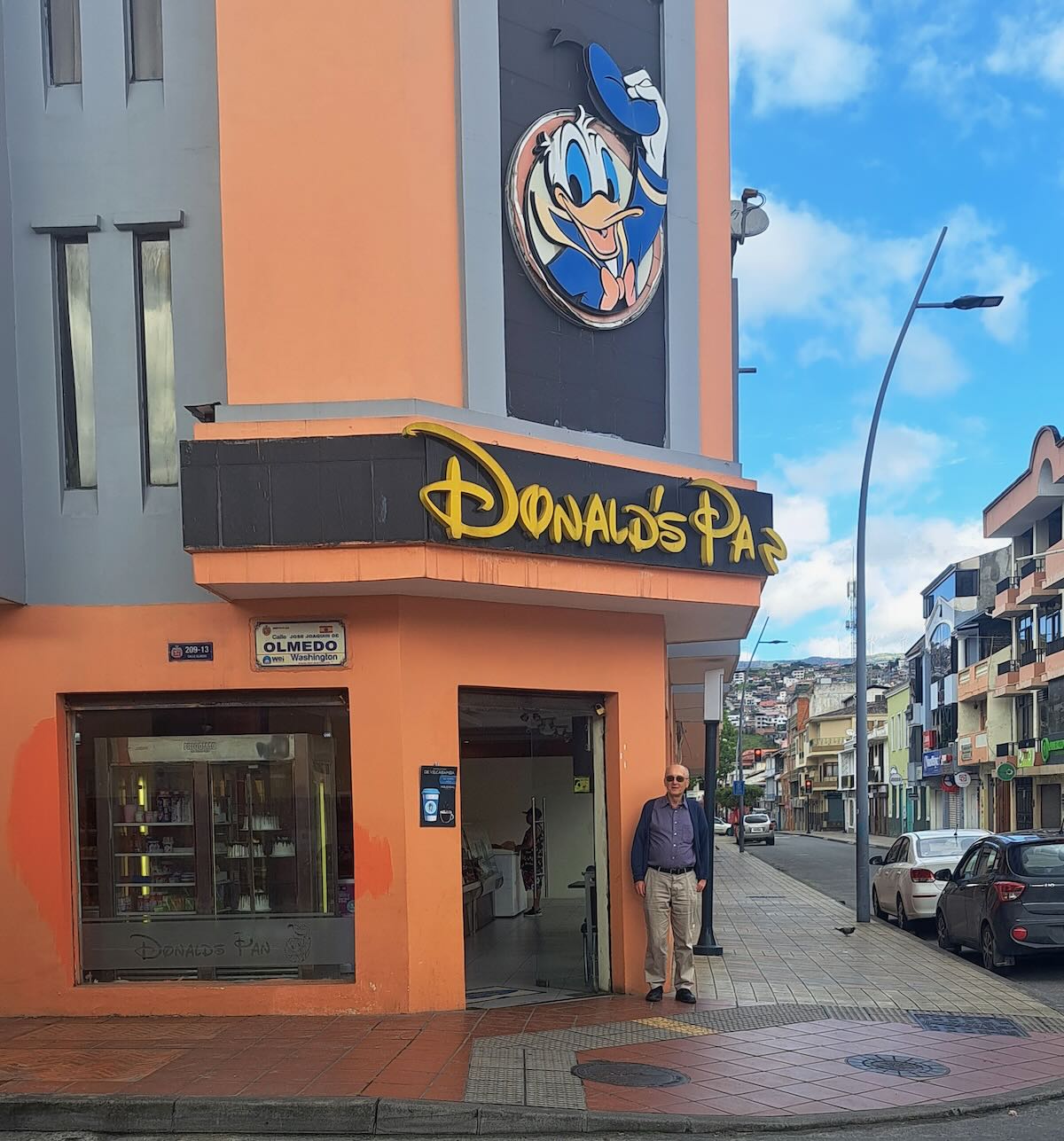
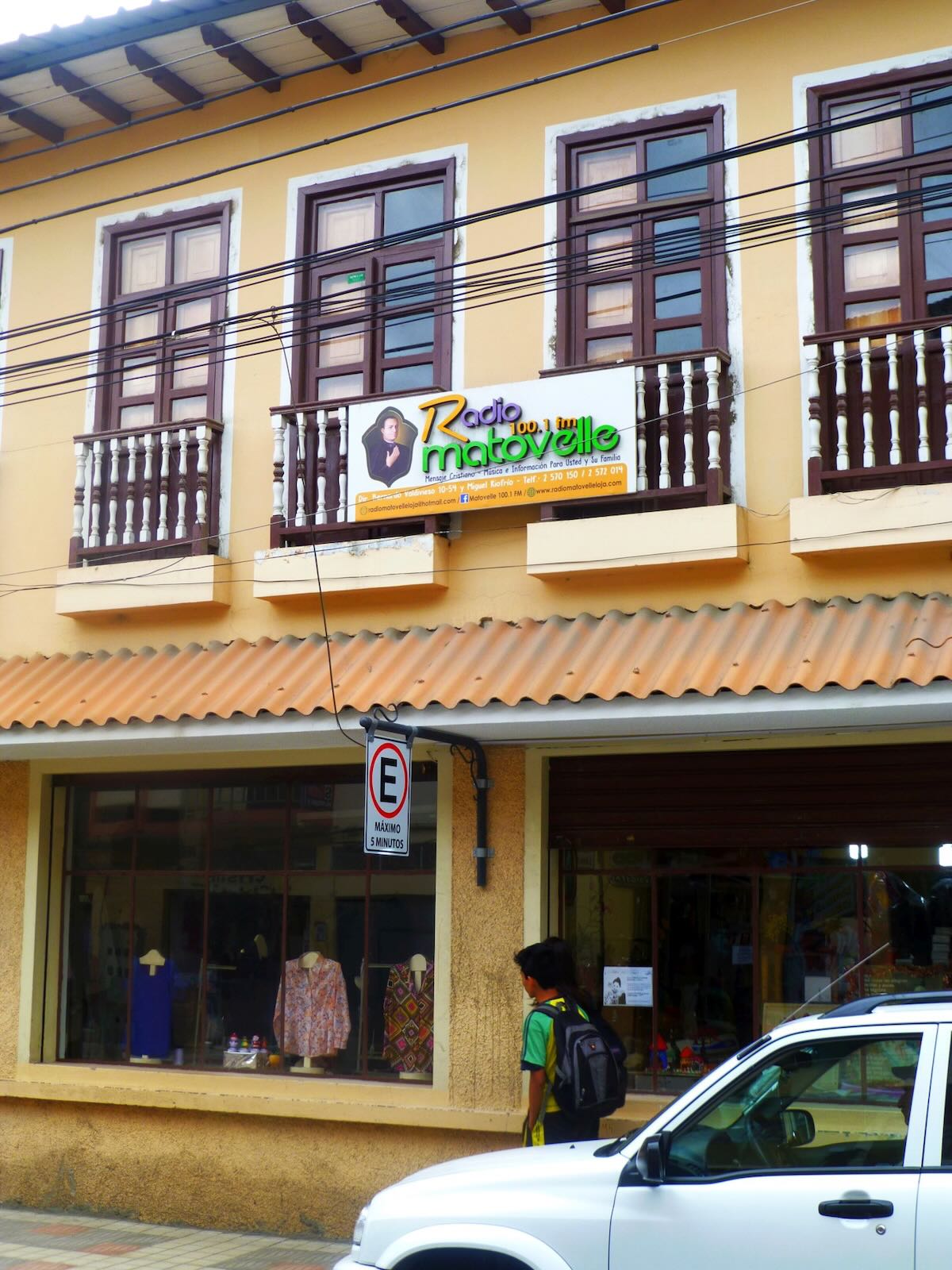
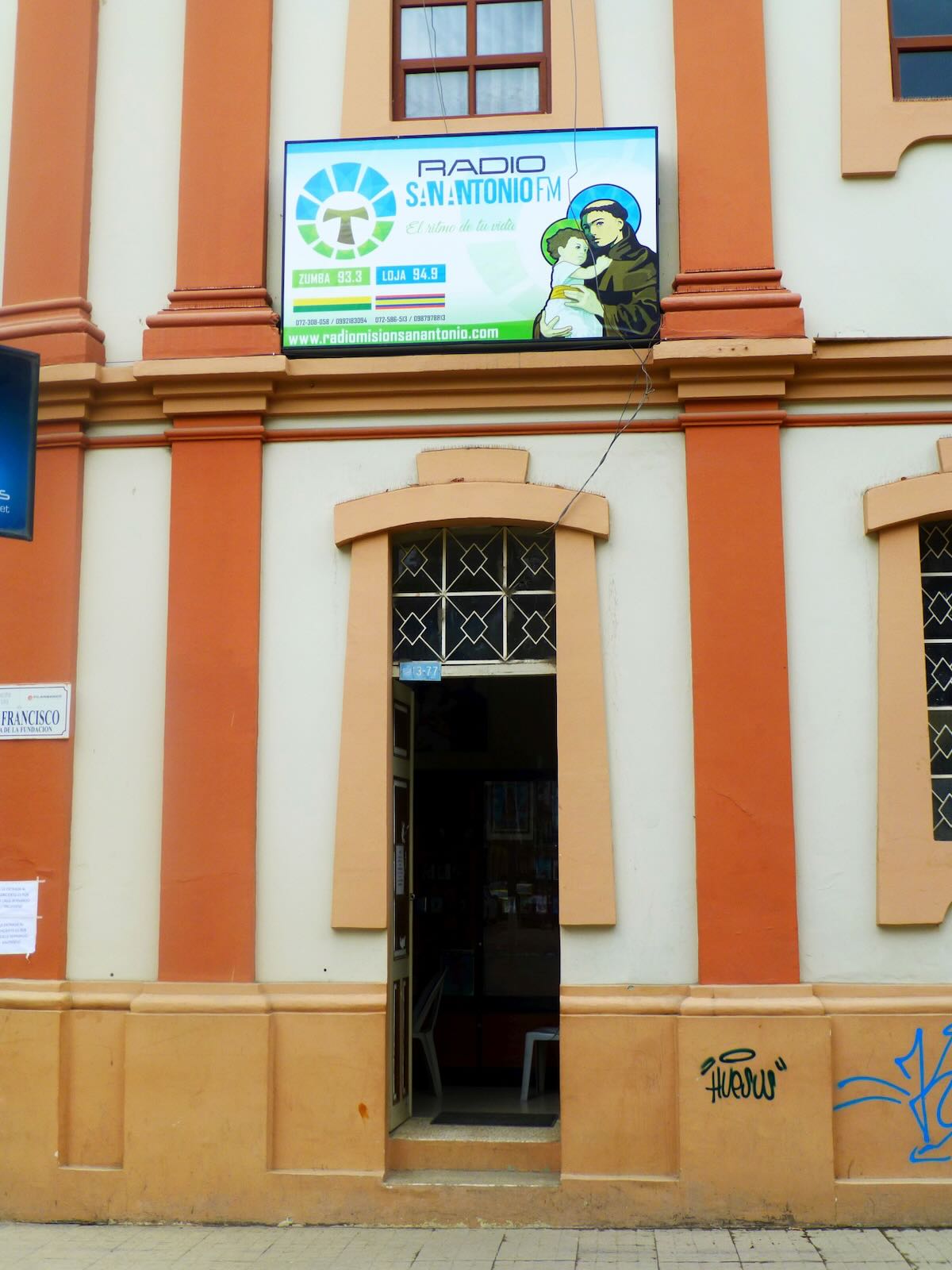
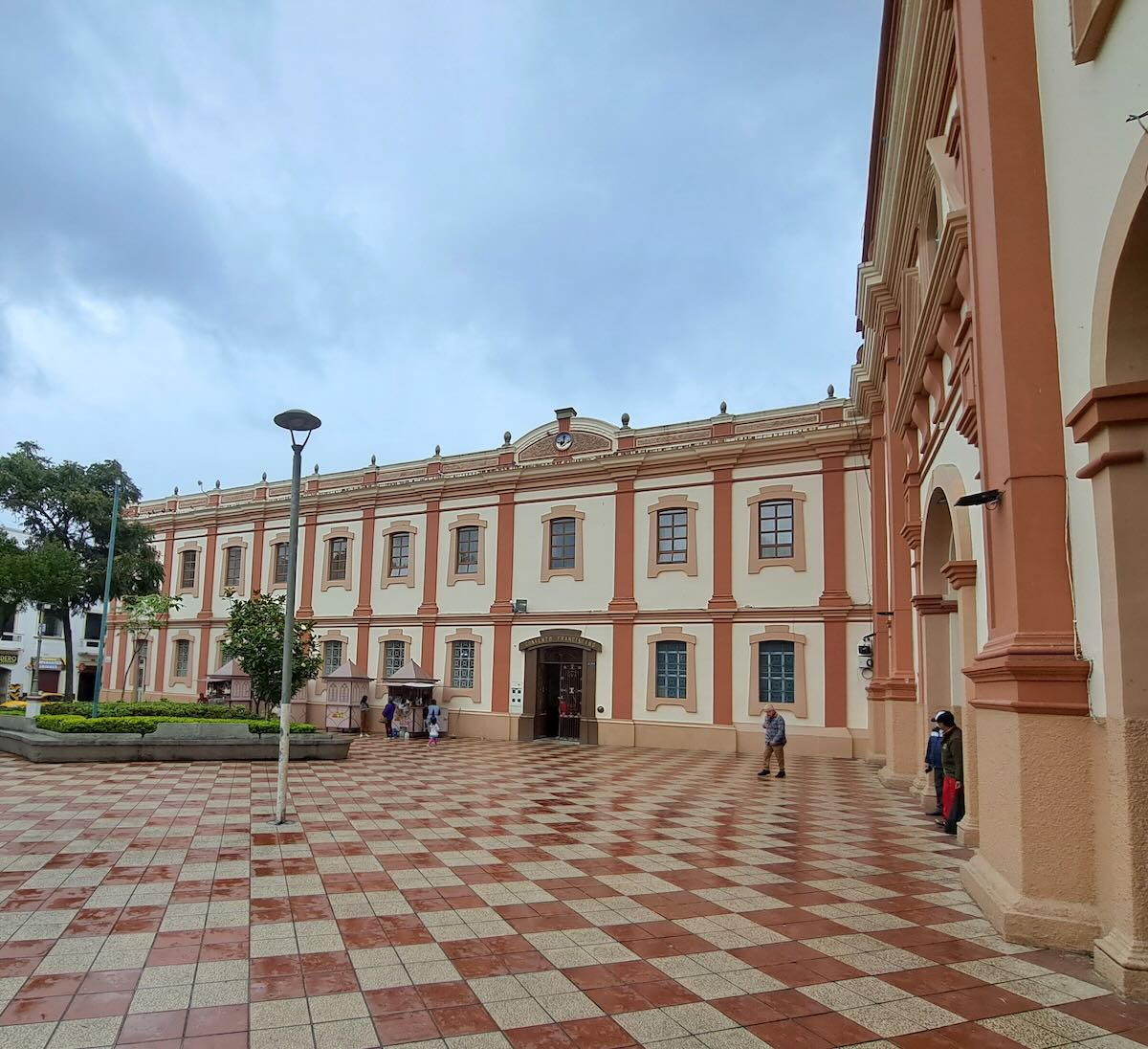
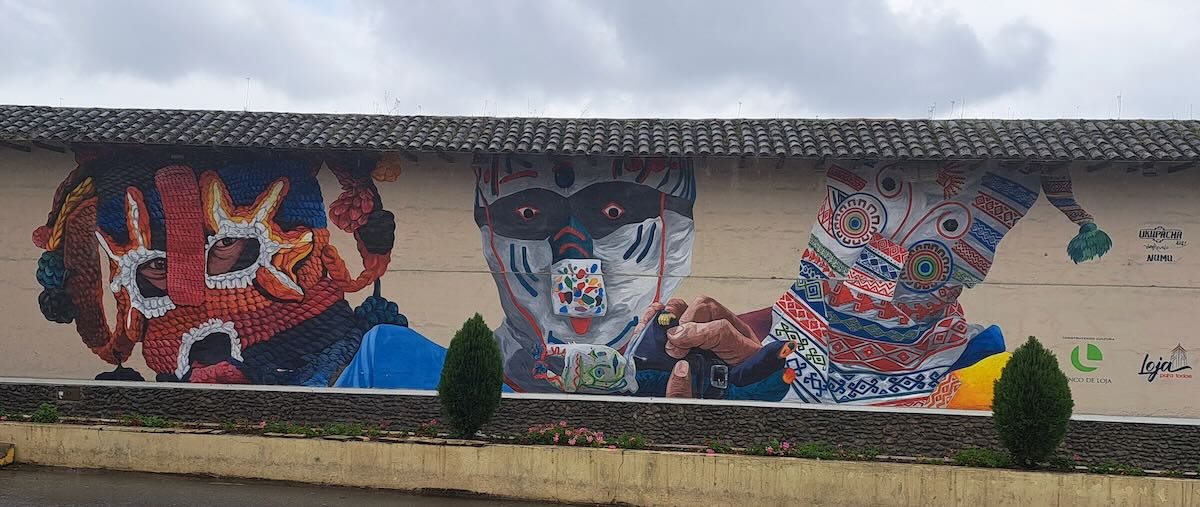
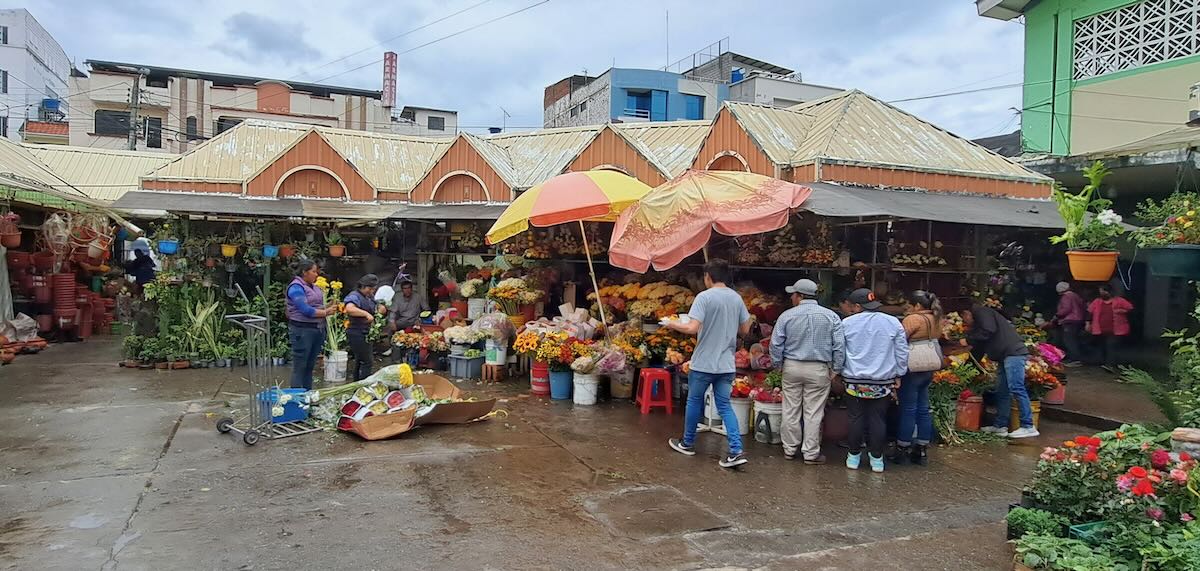
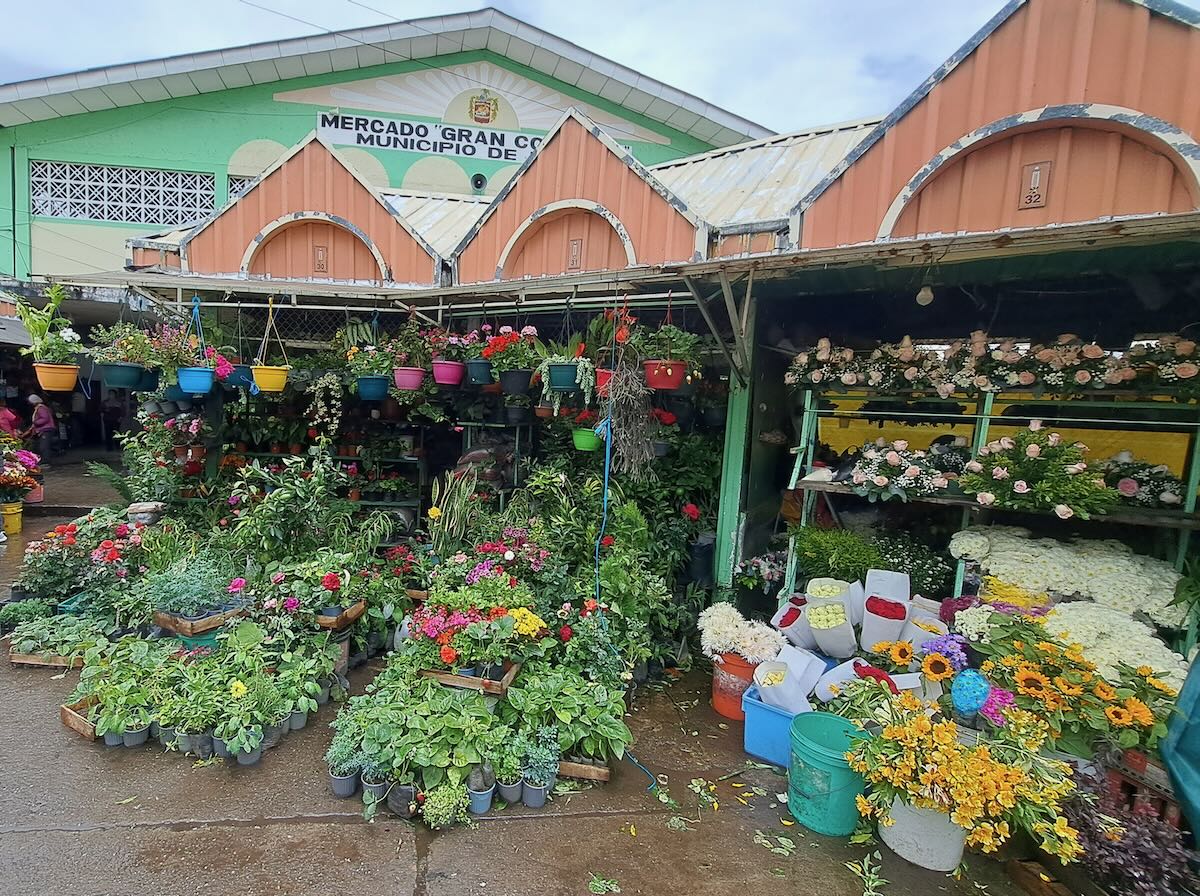
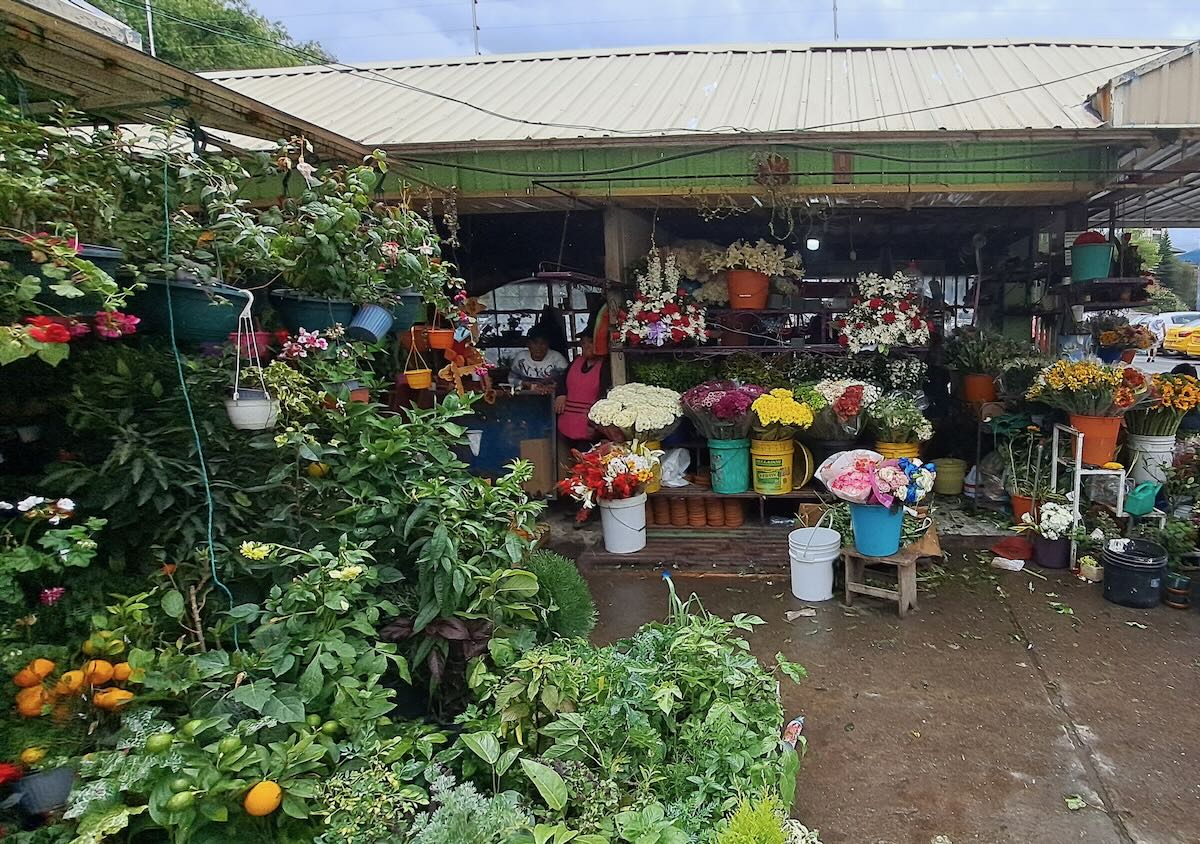
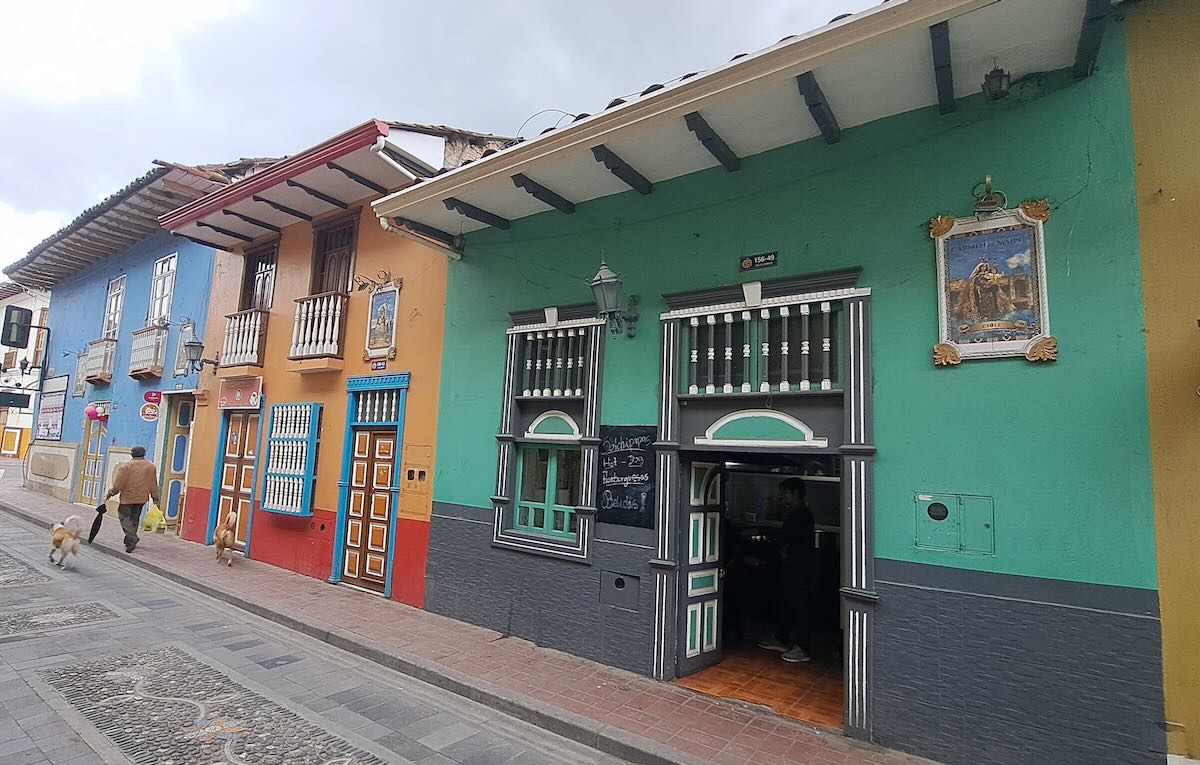
Don, I can’t tell you how much I appreciate these photo albums. As someone who is passionate about radio and travel–this stuff is just amazing. I’ve mentioned to you just how much I look forward to organizing a trip for the wife and me to South America. I especially want to hit Ecuador and Chile. Always found both of those places fascinating. Of course, I’ll go anywhere I’m allowed because I’d like to see at that amazing continent has to offer.
I love how you balance both the radio visits with giving us insight into the communities you visit and how they’ve changed over time!
Thank you!
Thomas